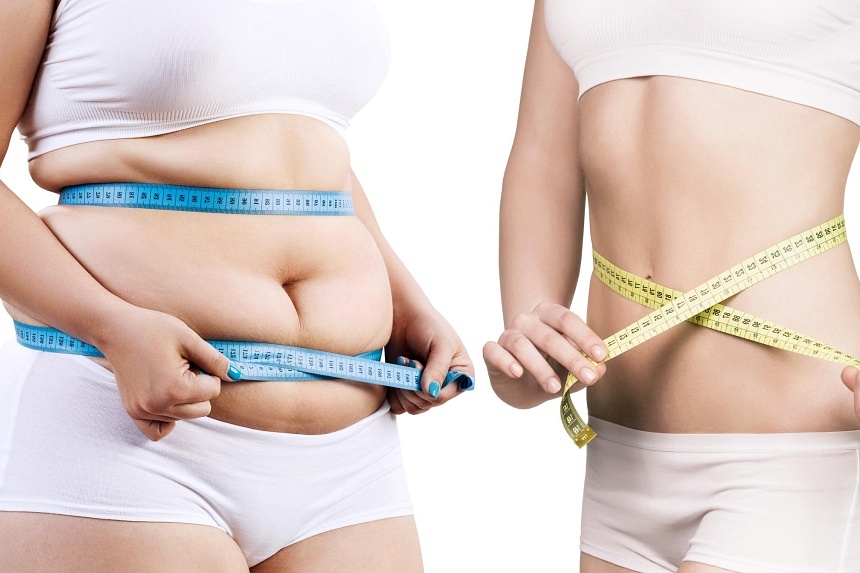SINGAPORE – Putting the measuring tape around your middle may be part of a new and more accurate standard to find out if you are obese.
Called the body roundness index, or BRI, this new screening method uses waist circumference and height to predict overall body fat and visceral fat levels, instead of using weight and height to measure obesity.
A person with more abdominal and overall fat has a larger waistline and is “rounder”, and will have a higher BRI score on a scale that ranges from one to 16.
A recent study, published in peer-reviewed journal Jama Network Open in June 2024, found that BRI may be more accurate in estimating obesity and its associated health risks than the standard body mass index (BMI), drawing attention to this potential alternative.
In this study, researchers analysed the BRI of about 33,000 people over 20 years. They found a higher BRI was linked with a greater risk of cardiovascular and metabolic disorders, and even cancer.
Abdominal fat, especially visceral fat that surrounds internal organs, is a strong predictor of risks such as heart disease and diabetes.
For years, BMI has been the benchmark to categorise people as underweight, overweight, obese or extremely obese, and help determine whether they are at risk of certain health conditions, but it has been criticised as flawed.
Created for the Caucasian man, it does not take into account the overall body composition – the percentage of fat and muscle, and bone density – and racial and gender differences.
While some people with a normal BMI can have a high percentage of fat mass and a low muscle mass, others with high BMI may be laden with muscle, which is volumetrically heavier than fat.
Muscle weighs 10 per cent to 20 per cent more than fat because it is denser, so a muscular person and a plump-looking person of the same height and weight can appear quite different in size.
American Olympic rugby player Ilona Maher was recently fat-shamed on social media over her BMI, which at 30, technically puts her on the cusp of obesity.
“BMI doesn’t really tell you what I can do,” she clapped back in an Instagram post. “It doesn’t tell you what I do on the field, how fit I am. It is just a couple of numbers put together. It does not tell you how much muscle I have or anything like that.”

